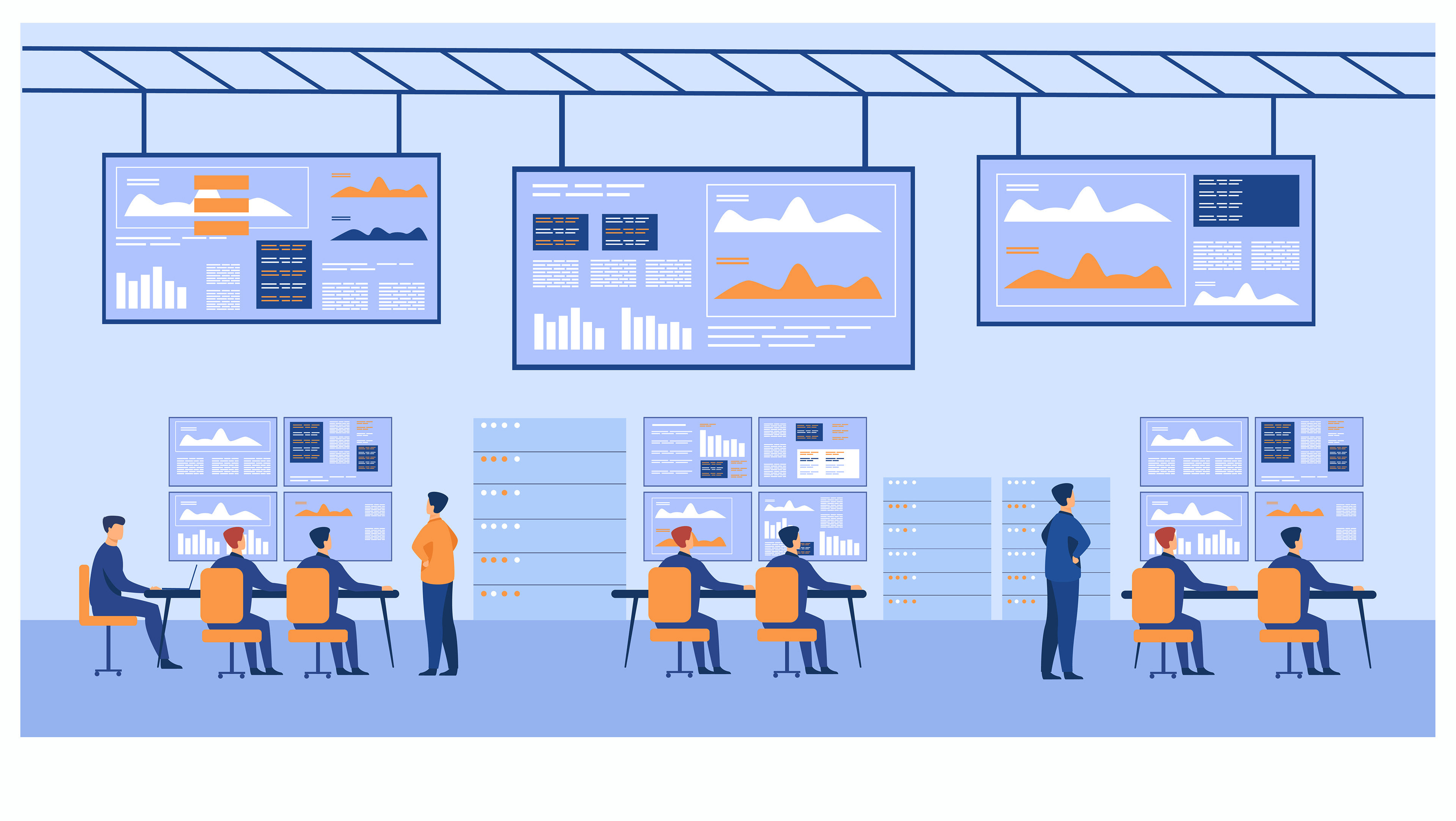

Disaster Recovery (DR) and Business Continuity Planning (BCP) are critical processes that organizations implement to ensure resilience and continuity of operations in the event of disruptive incidents. Here's a brief description of each:
Disaster Recovery (DR): Disaster Recovery involves the implementation of strategies, policies, and procedures to recover IT systems, data, and infrastructure following a disruptive event such as natural disasters, cyber-attacks, hardware failures, or human error. DR focuses on restoring critical business functions and minimizing downtime, data loss, and financial impact.
Backup and Recovery: Implementing regular data backups and backup retention policies to ensure data integrity and availability. This includes backup storage, replication, and archiving solutions to protect against data loss and facilitate recovery in the event of data corruption or destruction.
Failover and Redundancy: Deploying redundant IT systems, networks, and infrastructure components to ensure high availability and fault tolerance. This may involve implementing failover mechanisms, clustering, and load balancing to automatically redirect traffic and workload to secondary systems in case of primary system failures.
Disaster Recovery Plan (DRP): Developing a comprehensive DR plan that outlines step-by-step procedures and protocols for responding to various disaster scenarios. The DR plan includes roles and responsibilities, communication protocols, escalation procedures, and recovery timelines to guide the organization's response and recovery efforts.
Business Continuity Planning (BCP): Business Continuity Planning focuses on maintaining essential business functions and services during and after a disruptive incident, ensuring continuity of operations, and minimizing the impact on customers, stakeholders, and the organization's reputation.
Risk Assessment and Impact Analysis: Conducting risk assessments and business impact analyses to identify potential threats, vulnerabilities, and critical business processes. This helps prioritize resources and investments in BCP efforts and develop strategies to mitigate risks and minimize disruptions.
Business Continuity Plan (BCP): Developing a BCP that outlines proactive measures and strategies to ensure the continuity of critical business functions, services, and operations. The BCP includes contingency plans, alternate work arrangements, and recovery strategies to sustain business operations and minimize downtime during disruptions.
Emergency Response and Crisis Management: Establishing an emergency response team and crisis management framework to coordinate response efforts, communicate with stakeholders, and make timely decisions during emergencies. This includes establishing communication channels, activating emergency response procedures, and coordinating with external agencies and partners as needed.
Training and Exercises: Conduct regular training, drills, and exercises to test the effectiveness of the BCP and familiarize employees with their roles and responsibilities during emergencies. Training programs help build resilience, improve response readiness, and ensure effective coordination and communication during crises.
Overall, disaster recovery and business continuity planning are essential components of risk management and organizational resilience, helping organizations prepare for, respond to, and recover from disruptive incidents while maintaining business operations, safeguarding assets, and preserving customer trust.








